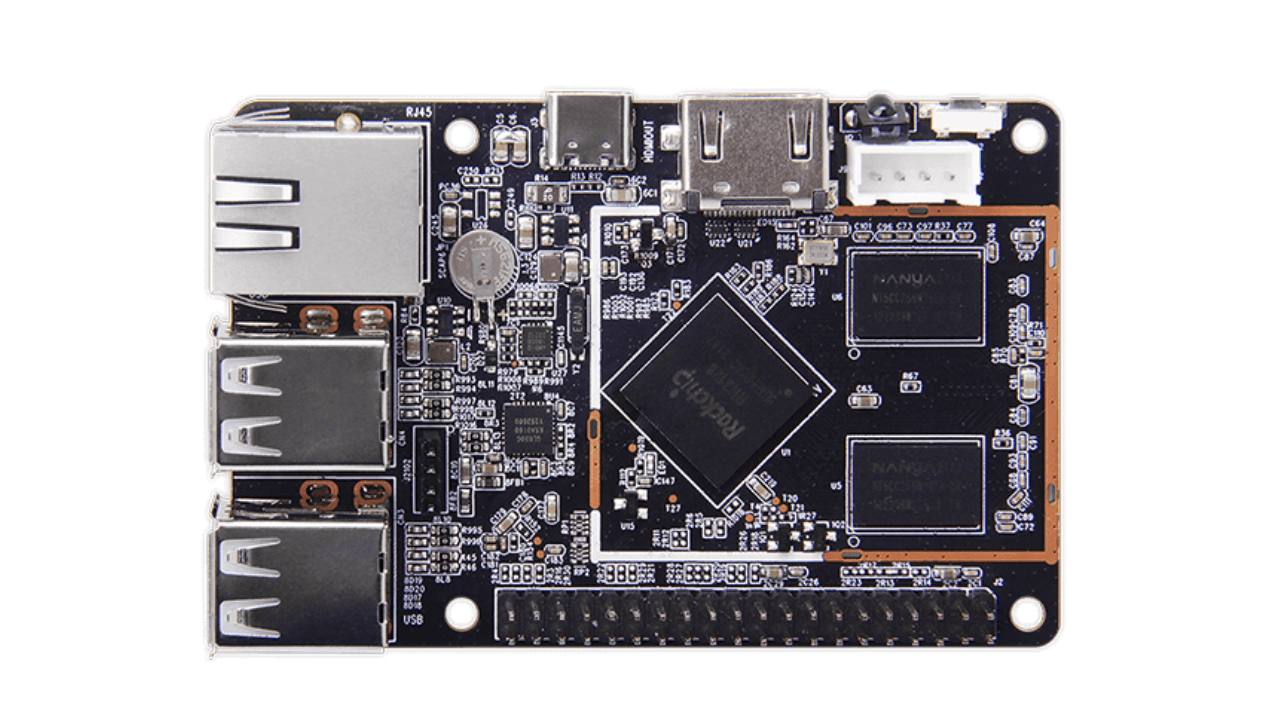A small computer that acts as the nerve center for embedded systems is an embedded mainboard, sometimes referred to as an embedded motherboard or single-board computer (SBC). It has key parts on a single board, including CPU, memory, and input/output interfaces, each built to do a specific purpose and incorporated into a variety of software and hardware.
Unlike standard desktop motherboards, embedded mainboards are created specifically for specialized purposes. They frequently have more compact form factors, industrial-grade parts for durability, CPUs designed specifically for a given task, and are tuned for low power consumption and dependability in challenging settings.
Gaming consoles, IoT devices, medical equipment, automotive systems, and digital signage are just a few examples of the many industries that employ embedded mainboards extensively. They offer the connectivity and processing power that applications require to run effectively and consistently. You can visit www.geniatech.com for more information the capabilities and applications of embedded mainboards in a variety of industries will continue to grow as a result of these trends.
Future Trends of Embedded Mainboard Technology
Embedded mainboards, the silent powerhouses behind countless applications, are evolving quickly as technology progresses and consumer demand for smarter, more useful gadgets increases. In this article, we evaluate the developing trends in embedded mainboard technology and emphasize the innovations that will transform the field of embedded systems in the years to come.
High Integration and Miniaturization
Miniaturization is the key to the future of embedded mainboards. Embedded mainboards are anticipated to get smaller while keeping or even increasing their processing power as devices get smaller and more portable. High component integration will result in more powerful computing in smaller packages, enabling the creation of small, high-performance devices.
Integration of Al and Machine Learning
Machine learning (ML) and artificial intelligence (AI) have the potential to completely transform embedded systems. Embedded mainboards with specialized AI accelerators will make it possible for on-device AI processing, enhancing functions like speech recognition, image processing, and predictive analytics. Particularly in applications like autonomous vehicles, robots, and smart appliances, this integration will result in more intelligent and responsive technologies.
Enhanced Energy Efficiency
Improved energy economy is essential in embedded systems for several reasons, including the fact that these systems frequently have specialized functions and operate in different settings. Smartphones, wearables, and Internet of Things (IoT) devices all run on embedded systems.
Improved energy efficiency increases battery life, improves the user experience, and lowers the need for frequent recharging. Sensors must operate with little power to deliver continuous data for a long time in applications like environmental monitoring or healthcare.
Connectivity Advancement
The advancements in connectivity have a significant impact on the capabilities and applications of embedded systems. In IoT networks, embedded devices can cooperate thanks to improved connections, which facilitate seamless data exchange. This data sharing is essential for applications ranging from industrial automation to smart homes.
Improved connectivity makes remote monitoring and control of embedded devices possible. For instance, in industrial settings, remote monitoring and management of machinery can increase efficiency and decrease downtime.
Dependability and Ruggedization
Mainboards must be reliable and tough since embedded systems frequently operate in challenging settings. Future embedded mainboards will have increased resistance to elements including high humidity, vibration, shock, and temperature extremes.
Embedded systems will be suited for aeronautical, automotive, and industrial applications since they will operate reliably in difficult situations thanks to ruggedized components and cutting-edge cooling techniques.
Security Enhancements
Security will be crucial given the rise of linked devices. Advanced security features will be incorporated into embedded mainboards, such as hardware-based encryption, secure boot procedures, and trusted platform modules (TPMs). By taking these precautions, sensitive information will be protected, and embedded systems will be shielded from online dangers, preserving the integrity and confidentiality of data.
Final Words
Future embedded mainboard technology looks bright thanks to a confluence of factors including miniaturization, AI integration, energy efficiency, security upgrades, and better user experiences. In addition to transforming current applications, these developments will open the door for novel solutions that haven’t yet been conceptualized.
